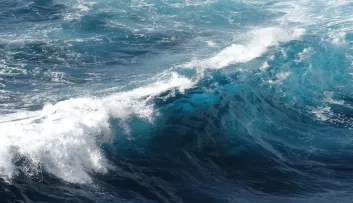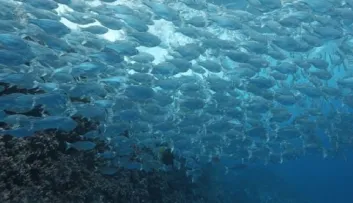The Ocean and the Climate 4mn
Buoys and flags on beaches: what do they mean?
The summer holidays are just around the corner, and with them the prospect, for some, of seaside holidays and days on the beach.

So, should we go bathing or not? New guidelines for seaside flags
A decree published in the Journal Officiel on the 2nd of February 2022 introduces changes to the shape and colours of seaside flags in order to bring them into line with international standards.
Seaside flags now have a rectangular shape and are coloured red, green or yellow to inform summer visitors whether or not they can go bathing. If they are present, this means that you are in an area supervised by lifeguards. If there is no flag at the top of the mast, it means that the beach is not supervised.
- Green flag: supervised bathing with no apparent danger - the sea is calm, bathing is considered safe and lifeguards are on duty.
- Yellow flag: supervised bathing with limited or marked danger - lifeguards are present but bathers must exercise caution. However, bathing is not prohibited.
- Red flag: no bathing - in stormy conditions or with strong winds, waves, pollution or in the presence of jellyfish, bathing is prohibited.
- New: the two-coloured rectangular flag, with a red stripe at the top and a yellow stripe at the bottom, is placed at the water's edge to mark out the supervised bathing area.
- Purple flag: in the event of pollution, the purple flag may be hoisted, prohibiting access to the beach and bathing.
So, are you ready to take a dip?
What do the yellow buoys mean?
Now that you've checked that you can bathe, here you are with your feet in the water and yellow buoys all around you.
What is their purpose? Buoys are used to mark out areas and channels so that bathers and water sports enthusiasts (water-skiers, windsurfers, etc.) can share the water safely.
Supervised bathing areas are marked out on land by permanent signs stating "supervised bathing limit" and topped by a blue flag. The width of the supervised area is determined by the configuration of the location and the number of lifeguards available. In short, in this "corridor" you bathe under the watchful eye of the lifeguards.
On the water side, towards the open sea, the demarcation is indicated by yellow buoys 300 metres from the edge of the beach. In the Mediterranean, there are often areas where the first 100 metres are reserved exclusively for bathing.
Bathing areas
The 300-metre area is a protected area that corresponds to a 300-metre wide strip of coastline in which speeds must not exceed 5 knots. The outer edge of this area is marked by yellow spherical buoys located 200 metres apart. Inside this area, there are bathers as well as water sports activities. Bathing areas can also be marked out with buoys.
Another form of area marking is the channel. This through corridor is often 25 metres wide and is closed to bathers. It allows water sports enthusiasts such as water-skiers, windsurfers and monohull enthusiasts to access the area beyond the 300-metre mark. The buoys are also yellow, cylindrical on the port side and conical on the starboard side from the open sea.
The buoys must be visible at high or low tide and fixed such that they can withstand any weather conditions.
You're ready to enjoy your holiday by the sea, but don't forget your sun cream. Happy holidays!


